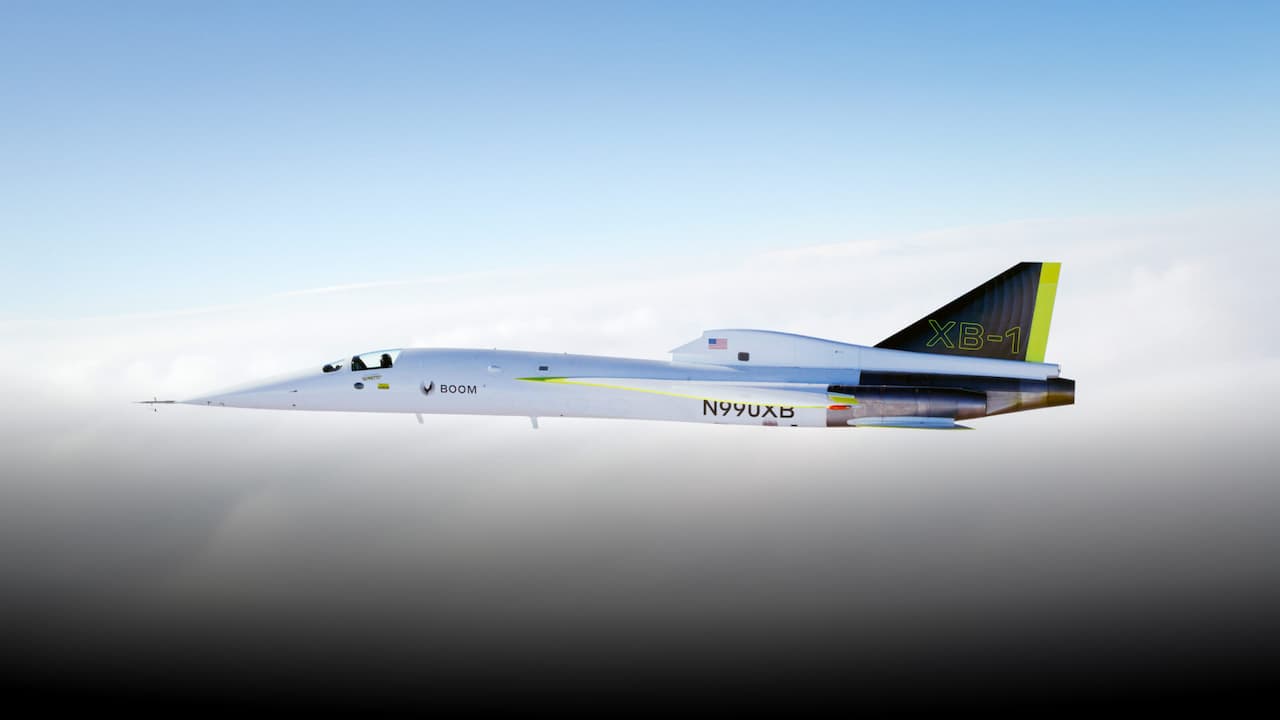From the Boom Overture to the Spike S-512: the new designs that promise to bring supersonic back to the private jet world.
The dream of the Supersonic and the legacy of Concorde
For more than three decades, Concorde was the symbol ofluxury aviation and European technological supremacy.
It entered service in 1976, connecting London e Paris with New York in just 3 hours and 30 minutes, half the time of a scheduled flight.
However, behind the myth of Concorde lay enormous costs and technical limitations: high fuel consumption, complex maintenance, and an environmental impact that was no longer sustainable. In addition, the tragic crash in 2000 and the decline in passenger numbers after 9/11 marked the end of the civilian supersonic.
In 2003, Concorde made its last flight. But its appeal has never faded: today, private aviation aims to bring that dream back to life, with cleaner, quieter and more technologically advanced solutions.
New supersonic private jet designs being tested
Boom Overture: the rebirth of the supersonic
The Boom Overture represents the most concrete project in the supersonic jet industry today. With an expected speed of
- The difference? It will be more efficient, quieter and powered by sustainable fuels (SAF). The XB-1 prototype, already operational, is testing next-generation aerodynamics and materials.
- Also read our article on the Boom Supersonic XB-1 Overture
Spike S-512: the silent supersonic private jet
Among the most ambitious projects is the Spike S-512, the first supersonic jet designed entirely for private aviation. The American company Spike Aerospace, founded by Vik Kachoria, aims for a speed of Mach 1.6 (over 1,800 km/h) and intercontinental range.
The most striking feature is the cabin without physical windows: high-definition OLED screens will display external images captured by micro-cameras, creating an immersive experience and reducing drag.

The Spike S-512 supersonic private jet will be able to carry 12 to 18 passengers, with a modular cabin that includes lounge, meeting area and relaxation spaces. It also promises to eliminate the annoying
Hybrid propulsion and hydrogen: the new frontier of supersonic private jets
For supersonics to really return to the skies, new propulsion technologies are needed. The most promising directions are hybrid electric and liquid hydrogen.
Hybrid Propulsion Aircraft
Hybrid systems combine fuel-efficient turbines with electric motors for the most energy-intensive phases, such as takeoff and climb. This reduces emissions by up to 30 percent and decreases noise, making the jets more suitable for urban airports. Rolls-Royce, Boom and other companies are already testing small-scale prototypes.
Private jets with hydrogen propulsion
Does liquid hydrogen represent the real challenge of the future of private jets? By burning hydrogen, only water vapor is produced: zero CO₂, zero particulate matter, very little pollution.
Startups such as Destinus (Switzerland) and Exosonic (USA) are developing cryogenic engines capable of powering supersonic jets with minimal environmental impact.
The main limitation, however, is infrastructural: special tanks and a dedicated refueling network are needed. However, early tests suggest that by 2035 we may see the first hydrogen-powered flights in business aviation.
When will we be able to fly in supersonic private jets?
Boom Supersonic and Spike Aerospace predict that the first commercial flights may take off between 2029 and 2032. More luxurious and customized versions of supersonic private jets will arrive shortly thereafter.
Future supersonic private jets will offer speeds beyond Mach 1, lounge-like comfort and a decidedly green footprint.supersonic flight is no longer a dream of the past-it is the next frontier of luxury business travel.

The return of supersonic flight is closer than we think.
But this time it will not be a race for power, but for sustainability, efficiency and quietness. The new generation of supersonic private jets promises to combine the elegance of Concorde with the green technologies of the future-and to make us fly faster than sound again.
Driven by sustainability goals and technological innovation, several manufacturers are preparing models that can zero direct CO₂ emissions and drastically reduce operating costs. This transformation marks the birth of the concept of sustainable business aviation, where luxury meets environmental responsibility.
Useful Links :


